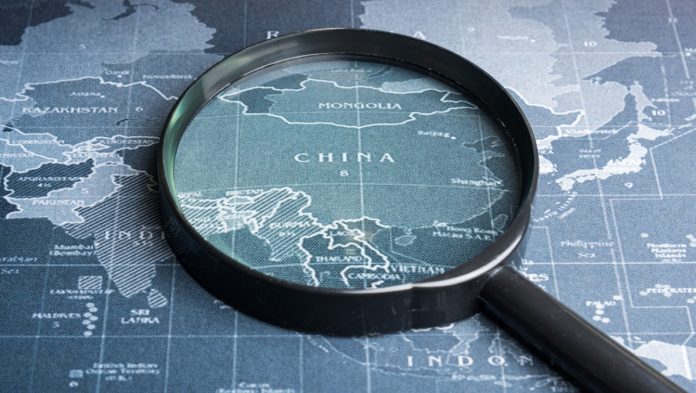While most global inbound and outbound borders have or are opening soon to allow medical travel to resume, there is one significant gap. China continues to leave a big hole in the outbound medical tourism market. And when it returns will we see them stay in Asia, or even remain in Greater China, for their treatment?
While measuring the exact number of outbound Chinese medical travellers is a complex problem, many destinations in Asia and Europe have in recent years been targeting high spending Chinese medical tourists. With outbound tourism and medical tourism from China still restricted, the Chinese absence is hitting destinations very hard.
Estimates vary but outbound numbers of Chinese medical tourists could reach a million a year. Calculating numbers is tricky due to Chinese state secrecy. Within Mainland China, Taiwan, Macau, Hainan, and now Hong Kong, inbound and outbound tourists are all considered Chinese, and regarded as international. This is the equivalent to regarding all inbound and outbound medical tourists within Europe as European and not international.
China, previously the world’s largest outbound tourism market, is keeping international air capacity at just 2% of pre-pandemic levels and has yet to relax tight travel restrictions as it sticks to zero tolerance for Covid-19.
Many experts expect China to keep stringent measures, such as up to a three-week quarantine for those returning home, until at least the second quarter of 2022 and possibly then open gradually on a country-by-country basis.
In the meantime, medical tourism destinations will have to identify new source markets, and learn how to market and cater to these different cultures, until Chinese customers return.
Travel data firm ForwardKeys estimates it will take until 2025 for Chinese outbound travel to recover to pre-pandemic levels. When it does open its borders, industry surveys show reluctance by many to travel internationally due to Covid-19 fears.
There has also been a boom in domestic travel and medical travel to Hainan Island and future travel patterns to this area are unlikely to mirror those of 2019.
Professor Wolfgang Georg Arlt of the China Outbound Tourism Research Institute (COTRI) warns, “The market will have changed so Chinese people travelling in 2022 will be different from Chinese travelling in 2019.”
There is also pressure from the state to travel within Greater China and travel less to countries that are political and economic opponents of China. It is possible that far fewer Chinese medical tourists will travel to the USA and Europe, and more will remain in Asia. The unknown is will they still go to Malaysia, Thailand and South Korea, or focus more on Hong Kong, Taiwan and Hainan?








 ©2024 All rights reserved LaingBuisson
©2024 All rights reserved LaingBuisson 


